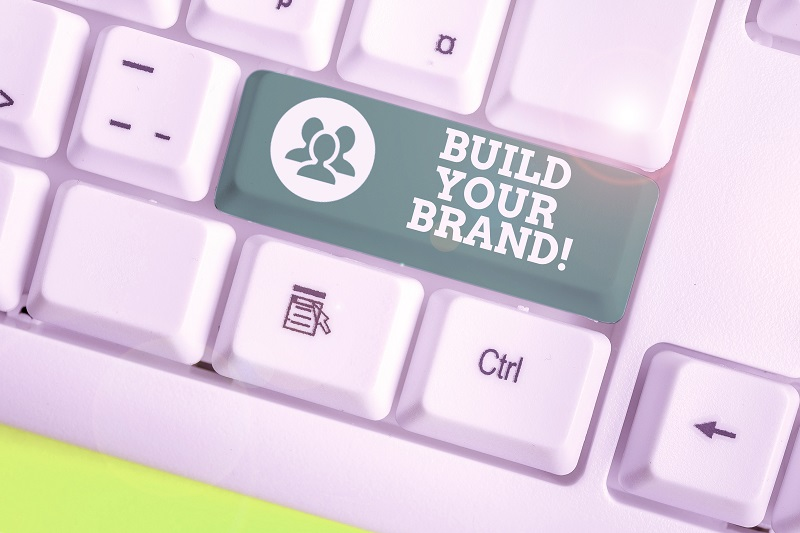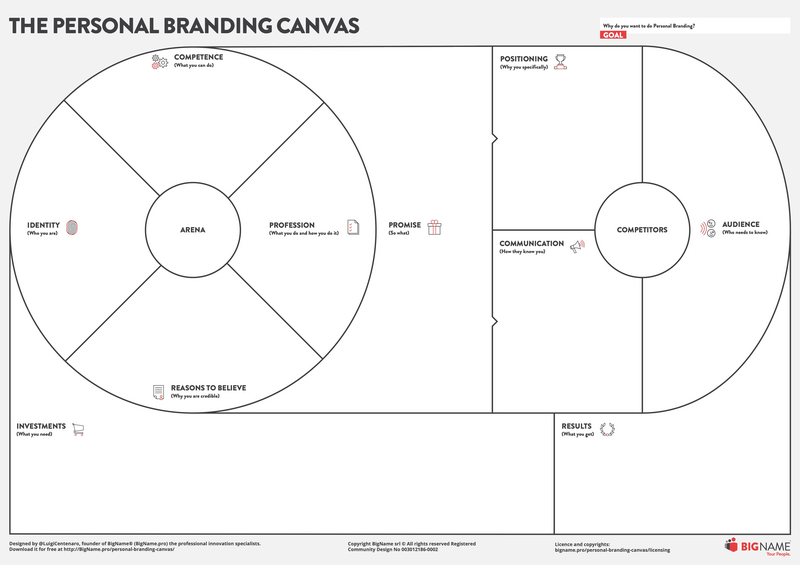ATD Blog
Design Your Future With Agile Personal Branding
Thu Jun 09 2022

This article will introduce you to an exercise that will help you plan your next career move innovatively.
In this era of uncertainty and complexity, the very concept of a career has now been called into question. The word career used to be synonymous with a predefined, often linear path that you could generally follow smoothly and quickly.
Today, career paths are less and less likely to be smooth and linear. In fact, conditions no longer remain sufficiently constant to guarantee a level of stability, nor is there any promise of linear and predetermined career paths. The opportunities for such careers within both companies and traditional professions are greatly reduced. In short, what we find ourselves increasingly having to manage today are “careers without a career.”
This situation effectively spells the end of professional development and career planning as we knew them. Consequently, we need to adapt to these ever-changing times and move away from traditional professional development models toward something more modern. Enter professional innovation.
The Goal for a Contemporary Career?
The goal is to have a goal! I get feedback on this almost daily. When I teach executives in business schools across Europe and challenge students to tell me how they see themselves at the end of their master’s program, very few of them have clear career goals. In fact, they don’t even have one of those much beloved by career coaches SMART format goals. All they have at most is a scope, a direction, and an area needing improvement.
After all, the reality is that with regard to careers today, the main goal is that of actually having a goal or, even better, of learning how to design a suitable, coherent, and satisfying one for yourself.
But how?
Personal Branding in the VUCA World of Work
It’s one of the most popular design exercises we offer on our vocational master courses and during our company talent development programs: applying the now well-known personal branding paradigm in an agile way.
The first step is to choose an objective, direction, and purpose, even if they are not initially clearly defined. Next, you need to prototype a personal branding strategy keeping the prototype’s goal in mind. After designing a personal branding strategy, it’s time to start gap-finding and checking feasibility, credibility, and relevance.
The final step involves answering questions like:
Can I really apply for that position?
Do I have all the necessary skills on paper?
Can I actually reach and engage the people I need to influence?
Am I credible enough for the position in question?
Can I differentiate myself enough to stand out from the background noise?
Can I ensure my full worth is correctly perceived?
Is what I promise relevant to my audience?
Set, Design, Test, Learn
More specifically, the process is as follows:
1. You choose a plausible, though not necessarily detailed goal, such as that of getting a specific job in a particular sector, or, if you are a freelancer, attracting a specific type of project or client.
2. You prototype, on paper, a personal branding strategy aligned to your objective. By doing this, your mind focuses on core personal branding concepts such as: target audience (the people you need to influence); values and professional vision; the nature of the work carried out and your potential approach to your work, skills, and strengths; competition; elements of differentiation; etc. Many of the questions that emerge during this phase will help you understand whether your objective is realistic.
3. By asking yourself the questions above, and, maybe, by testing the validity of your strategy by applying it during quick “test” situations, such as interviews, networking activities, participation in events, tests, assessments, etc.
4. Identifying gaps in terms of aptitude, important skills, and qualifications: as a result, you create a traditional professional development plan that aligns with your professional image goals!
Once you have this information, you can decide whether to target your audience by planning and setting up a series of communication and engagement activities. As is well known nowadays, these activities typically take place online and can involve, for example, LinkedIn. Although it almost goes without saying, trial and error will help you understand how effective your activities are. Remember that the internet can and will provide you with valuable feedback, often even in real time.
The Personal Branding Canvas
The personal branding canvas (PBC) is the ideal tool for developing your personal branding strategy. With this tool, you can rapidly prototype your personal branding strategy and develop a digital presence that is in line with your branding objectives. The PBC will help you identify all the strategic elements mentioned above and will also help you understand how to develop a digital identity which conforms to your actual offline identity.
With its single page layout divided into logically related blocks, the personal branding canvas will help you build a visual map of specific processes and help you obtain a clear (and fruitful) overview of your situation. The layout of the PBC fosters clarity and new idea generation and will help you identify potentially useful new relationships between known and lesser known elements. It will literally highlight what you need to do next, such as the skills you need to develop to achieve your goal and what your priorities should be. This guarantees that your personal branding strategy will be both coherent and convincing.

Why not download the full version of the personal branding canvas along with full usage instructions? It’s free, and you can find it on our website here: https://bigname.pro/personal-branding-canvas.
You've Reached ATD Member-only Content
Become an ATD member to continue
Already a member?Sign In
